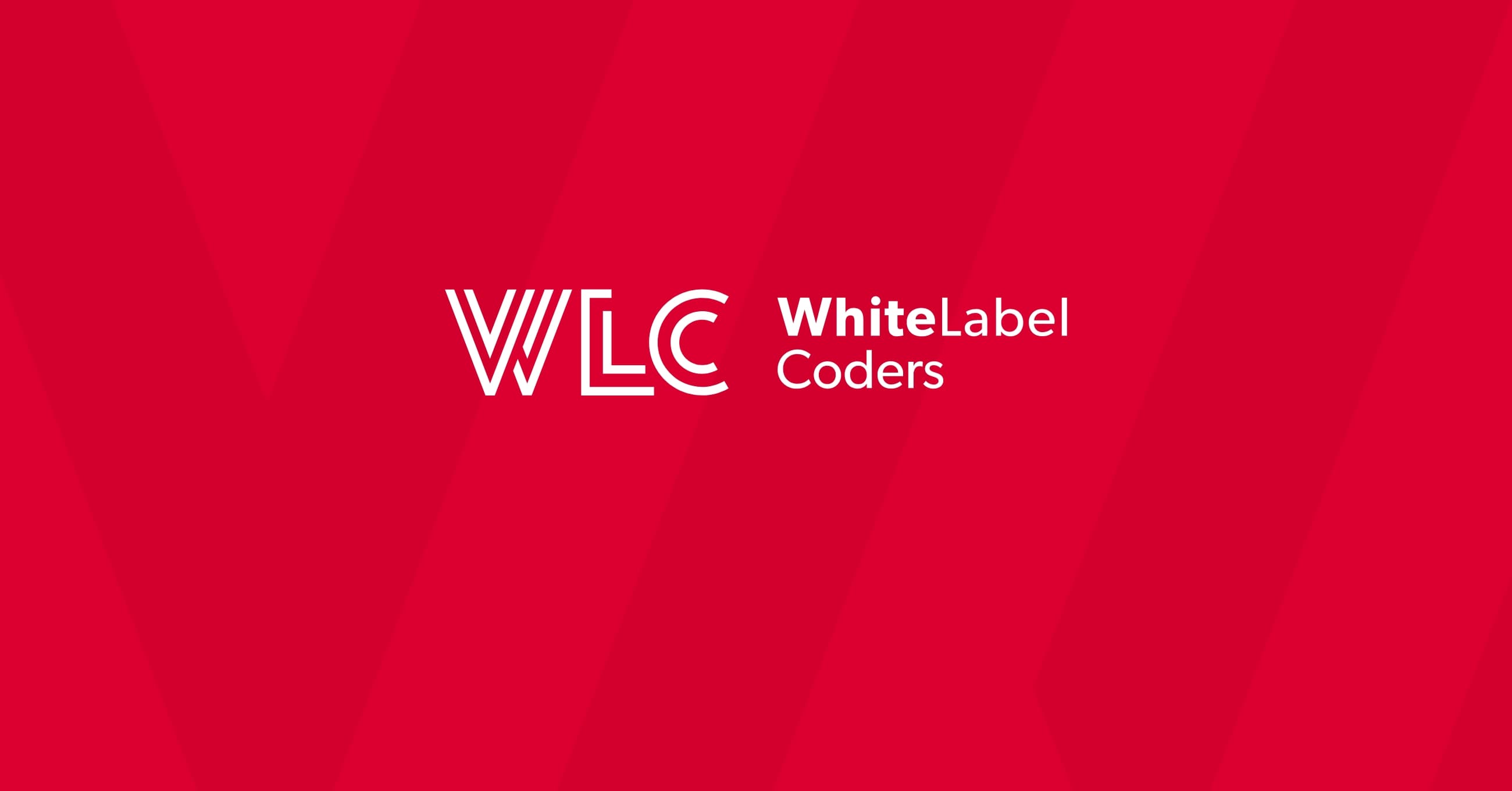Category: SEO AI
How to develop a custom theme in WordPress?

Developing a custom WordPress theme involves creating a unique design and functionality tailored to your specific needs, rather than using pre-built templates. This process requires understanding WordPress’s file structure, template hierarchy, and PHP coding. A custom WordPress website gives you complete control over appearance and functionality, ensuring your site stands out from generic themes while meeting exact business requirements.
Understanding the Fundamentals of WordPress Theme Development
WordPress theme development centres around creating a collection of PHP, CSS, and JavaScript files that control how your website looks and behaves. Unlike pre-built themes that offer limited customisation, WordPress custom development provides unlimited flexibility to create exactly what you envision.
The WordPress theme system works by separating content from presentation. Your theme files contain the HTML structure and styling, while WordPress dynamically fills in the content from your database. This separation allows you to change your site’s appearance without affecting the underlying content.
Custom themes differ significantly from pre-built options. Whilst pre-made themes come with predetermined layouts and features, custom themes are built from scratch to match your specific requirements. You’re not constrained by someone else’s design decisions or forced to include unnecessary features that slow down your site.
What Are the Essential Files Needed for a Custom WordPress Theme?
Every WordPress theme requires two mandatory files: index.php and style.css. These form the absolute minimum for a functional theme, though you’ll typically need additional files for a professional result.
The style.css file must include a header comment with theme information like name, description, and version. The index.php file serves as the fallback template when no other specific template exists. Beyond these essentials, functions.php acts as your theme’s plugin, allowing you to add custom functionality and modify WordPress behaviour.
Optional files enhance your theme’s capabilities considerably. Common additions include header.php and footer.php for consistent site-wide elements, single.php for individual post displays, and page.php for static pages. Template files like archive.php, search.php, and 404.php provide specialised layouts for different content types.
| File Type | Purpose | Required |
|---|---|---|
| style.css | Main stylesheet with theme header | Yes |
| index.php | Main template file and fallback | Yes |
| functions.php | Theme functionality and customisation | Recommended |
| header.php | Site header and opening HTML | Optional |
| footer.php | Site footer and closing HTML | Optional |
How Do You Set Up the Basic Structure of a WordPress Theme?
Creating your theme structure begins with establishing a new folder in your WordPress themes directory. Navigate to /wp-content/themes/ and create a folder with your theme’s name, using lowercase letters and hyphens instead of spaces.
Start by creating your style.css file with the proper header comment. This header tells WordPress essential information about your theme. Include fields for theme name, description, author, and version number. Without this header, WordPress won’t recognise your folder as a theme.
Next, create your index.php file with basic HTML structure. Include proper DOCTYPE declaration, HTML tags, and basic page elements. Even though this is your starting point, ensure it follows web standards from the beginning. Consider creating separate header.php and footer.php files to maintain consistency across different templates.
Your functions.php file should be created early in the process. This file doesn’t require opening PHP tags at the beginning, and you shouldn’t close them at the end. Use this file to enqueue stylesheets and scripts properly, rather than hardcoding them into templates.
What Is the WordPress Template Hierarchy and How Does It Work?
The WordPress template hierarchy determines which template file WordPress uses to display different types of content. This system follows a specific order of preference, checking for more specific templates before falling back to more general ones.
When someone visits a single post, WordPress looks for single-{post-type}-{slug}.php, then single-{post-type}.php, then single.php, and finally index.php. This hierarchical system allows you to create highly specific templates whilst maintaining fallbacks for general content.
Understanding this hierarchy helps you create efficient themes without unnecessary template files. You might create a specific template for your homepage (front-page.php), different layouts for various page types, and custom templates for special content. The system’s flexibility means you can be as specific or general as your project requires.
Custom post types follow similar patterns, allowing you to create unique displays for different content types. Archive pages, category pages, and tag pages all have their place in the hierarchy, giving you granular control over how different content appears.
How Do You Create Dynamic Content Areas Using WordPress Functions?
Dynamic content in WordPress themes relies heavily on The Loop, WordPress’s mechanism for displaying posts and pages. The Loop cycles through your content, allowing you to display titles, content, metadata, and other post information dynamically.
WordPress hooks and filters provide powerful ways to modify content and add functionality without editing core files. Actions allow you to insert content at specific points, whilst filters let you modify existing content. These hooks ensure your customisations survive WordPress updates.
Template tags are pre-built functions that output specific pieces of information. Functions like the_title(), the_content(), and the_excerpt() display post data, whilst get_header() and get_footer() include template parts. Custom queries using WP_Query allow you to display content that doesn’t follow the default Loop behaviour.
Creating custom functions in your functions.php file extends your theme’s capabilities. You might add custom post types, create shortcodes, or modify WordPress’s default behaviour. Always prefix your function names to avoid conflicts with plugins or WordPress core functions.
What Are the Best Practices for WordPress Theme Development?
Professional WordPress theme development follows established coding standards and security practices. Use proper indentation, meaningful variable names, and consistent code formatting. WordPress has specific coding standards that ensure your code integrates well with the platform and remains maintainable.
Security considerations are paramount in theme development. Always sanitise user inputs, validate data, and use WordPress’s built-in functions for database queries. Never trust user input, and always escape output when displaying dynamic content. Use nonces for form submissions and check user capabilities before allowing actions.
Performance optimisation starts during development, not after. Minimise database queries, optimise images, and use efficient CSS and JavaScript. Enqueue scripts and styles properly, and consider implementing caching strategies. Mobile-responsive design isn’t optional; ensure your theme works seamlessly across all devices and screen sizes.
For complex projects requiring sophisticated functionality, professional WordPress custom development services can accelerate your timeline whilst ensuring best practices are followed throughout the development process.
How Do You Test and Debug Your Custom WordPress Theme?
Thorough testing begins with checking your theme across different browsers and devices. Use browser developer tools to inspect responsive behaviour and identify CSS or JavaScript issues. Test with various content types and lengths to ensure your design remains consistent.
WordPress debugging tools help identify PHP errors and performance issues. Enable WP_DEBUG in your wp-config.php file during development to catch warnings and errors. Use debugging plugins to monitor database queries and identify performance bottlenecks.
Content testing involves checking how your theme handles different scenarios. Test with long titles, short content, missing featured images, and various post formats. Ensure your theme gracefully handles edge cases without breaking the layout or functionality.
Accessibility testing ensures your theme works for all users. Check colour contrast ratios, keyboard navigation, and screen reader compatibility. Use automated tools to identify potential accessibility issues, but also test manually with actual assistive technologies.
Key Takeaways for Successful Custom WordPress Theme Development
Successful WordPress theme development requires understanding the platform’s architecture, following coding standards, and prioritising user experience. Start with solid foundations using the essential files, then build complexity gradually as needed.
Remember that theme development is an iterative process. Begin with basic functionality and enhance features over time. Keep security and performance in mind throughout development, rather than treating them as afterthoughts.
The WordPress community provides excellent resources for learning and troubleshooting. Don’t hesitate to consult the official documentation, participate in forums, and study well-coded themes to improve your skills. Custom theme development opens unlimited possibilities for creating unique, powerful websites that perfectly match your vision.

